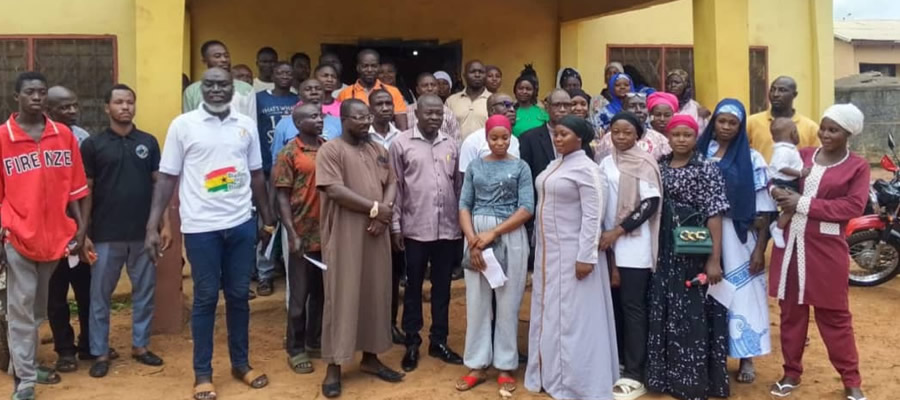

Location and Size
The East Mamprusi District has two Town Councils (Gambaga and Nalerigu), and three Area Councils (Langbensi, Sakogu and Gbintiri). There are thirty-four unit committees. The district is also home to one parliamentary constituency known as Nalerigu-Gambaga.
The East Mamprusi District is one of the twenty Metropolitan/Municipal/Districts of the Northern Region and has capital at Gambaga. It is located to the north-eastern part of the Region. To the North it shares boundaries with the Talensi Nabdam District, Bawku West and Garu-Tempane Districts, all in the Upper East Region and to the East Bunkpurugu-Yunyoo District. It is bordered to the West by the West Mamprusi District and the South by Gusheigu District.
The District covers an area of 1660sq km., which is about 2.2% of the total area of the Region. The land size of the District would serve as a big opportunity for large scale rearing of animals and farming.
Topology and Drainage
The topography gently rolls with the Gambaga escarpment, which marks the northern limits of the Voltarian sandstone basin. The scarp stretches from east to west and at Nakpanduri, the peak of the escarpment and its waterfalls present nature at its most beauty.
The White Volta, which enters the region in the northeast is joined by the Red Volta near Gambaga are important drainage features in the district. The Nawonga and Moba rivers also drain the south-western part. The District lies in the interior woodland savannah belt and has common grass.
Climate and Vegetation
The district lies in the interior woodland savannah belt and its common grass vegetation with trees such as baobab, acacia and sheanuts trees. Grasses grow in tussocks and can reach heights of three metres or more.
The vegetation changes markedly, depending on which of the two prevailing climate conditions is dominant at the time.
The district also lies in the tropic continental belt western margin and experiences a single rainfall regime. Much of the landscape is broad savannah woodland with a mountainous terrain. The mean annual rain fall is about 100cm to 115cm. The annual average temperature of the district is 27.4°c.
At certain times of the year, and if the rains have been heavy, access to outlying areas can be difficult. The highest peak is the Gambaga scarp which is 449 feet above sea level. The current growth of the population is 3% per annum. The average density of population is 59 persons per square kilometre.
Geology and Soil
Two main types of soils are found in the district. These are the savanna ochrosols and the ground water laterite. The savanna ochrosols, which covers almost the entire district, is moderately well drained up soils developed mainly on Voltainan Sandstone. The texture of the surface soil is loamy sand to sand with good water retention.
Date Created : 11/30/2017 2:46:57 AM









 facebook
facebook
 twitter
twitter
 Youtube
Youtube
 +233 593 831 280
+233 593 831 280 0800 430 430
0800 430 430 GPS: GE-231-4383
GPS: GE-231-4383 info@ghanadistricts.com
info@ghanadistricts.com Box GP1044, Accra, Ghana
Box GP1044, Accra, Ghana